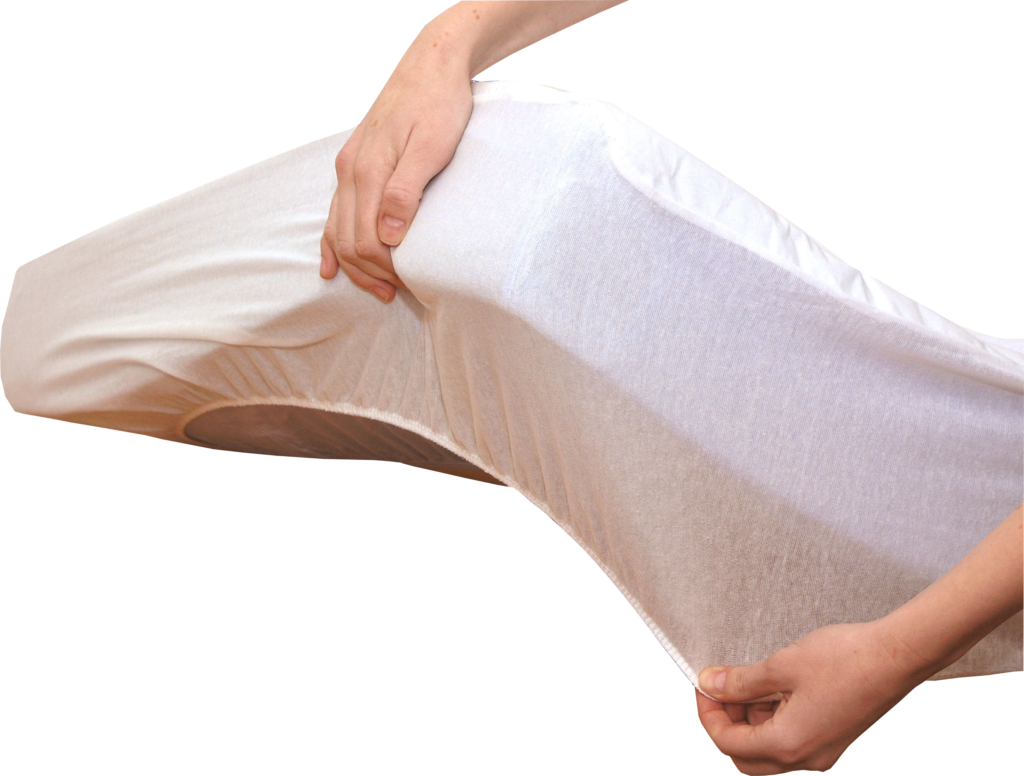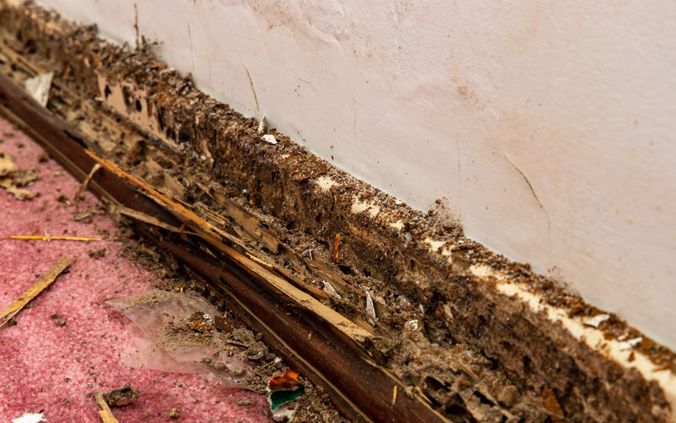Creating a Custom Kitchen Design
Aspiring home cook and renovation enthusiasts everywhere know that creating a custom kitchen design requires strategy and thoughtful planning in order to achieve the best results. A custom kitchen design reflects the tastes of the homeowner while factoring in the needs of the room. To create a custom kitchen design, you must first determine your primary culinary needs and prioritize those to determine the most viable kitchen design.
From there, it’s important to organize and document your ideas as you think of them, as well as consider the costs of each potential kitchen design and its related elements. You must also make important decisions about colors, materials, appliances, and other design features. Lastly, you must coordinate the elements of your final kitchen design to create a cohesive, visually appealing, and pleasant space.
Factoring Your Kitchen Design
Before you begin, think about how you use the space and plan accordingly. Do you spend most of your time prepping meals or entertaining? It’s essential to have a clear understanding of the layout of your kitchen, how you use the space, and what you hope to achieve with your kitchen design.
These factors will help you decide how much space to allocate for appliances, counter space, seating, and storage. Once you’ve established these needs, you can create a design tailored to maximize the functionality and efficiency of your workspace.
Prioritizing Needs for Kitchen Design
Look for ways to reduce excess and prioritize the necessities. Consider how big of a role budget, storage, appliances, and seating play in setting the tone of the kitchen design. By determining which needs are most important to you, you can determine an ideal kitchen design that meets all of your needs and your desired aesthetic.
For instance, if you’re looking to host dinner parties and need appliances, seating, and storage for food, then you’ll want to plan a kitchen design that fits those exact needs.
Organizing Your Kitchen Design Ideas
Write down features, colors, materials, appliances, and any other ideas for your custom kitchen design. Put them all in a list or create a mood board to bring your ideas and design together.
If you find yourself getting overwhelmed by too many choices, seek the help of an interior designer who can help you sort through the details. Together, you can brainstorm ideas and work out the nitty-gritty details to bring your design to life.
Calculating the Costs of Your Kitchen Design
Once you have a better idea of what you want, figure out the cost. Calculate the cost of materials, cabinets, fixtures, tile, appliances, and more. This will give you a good estimate of how much your kitchen design will cost.
If the cost is out of your budget, look into ways to reduce the cost without sacrificing quality. Utilizing second-hand items such as appliances or furniture can help bring your budget down. Also, consider doing some of the work yourself to save money.
Making Design Choices for Your Kitchen
Now that you have a good idea of what you can afford, narrow down design choices that make the most sense to you. Select a colour palette, materials, and furniture that will best reflect the overall aesthetic.
If you need assistance, your interior designer can provide insight and ideas, as well as help you make the best design choices in order to effectively achieve your desired results.
Coordinating Kitchen Design Elements
When you have selected the elements of your custom kitchen design, it's time to coordinate them. Create a cohesive theme and design element throughout the space. Bring the aesthetic together by adding accessories, artwork, and lighting.
When coordinating elements, think about how different colors, textures, and materials interact with one another. Additionally, ensure that there is a balance between the colors, textures, and materials to create a pleasant atmosphere.
Exploring Different Kitchen Designs
To get ideas for your custom kitchen design, visit home and design sharing websites like Pinterest or Houzz. View different kitchen designs and look at how other people have used color, texture, and design elements in their kitchens.
Also, look through home and cooking magazines, check out TV shows and content related to home and kitchen design, and visit home stores. Doing so can provide insight on the types of design features that can be incorporated into your custom kitchen design, spurring creative ideas.
Planning Your Kitchen Remodel
When you’re satisfied with the look, feel, and function of your custom kitchen design, it’s time to start planning out the day-to-day logistics of tackling the project. This includes planning out a timeline, reviewing details with contractors, suppliers, and personnel, and securing materials.
Make sure to track finances and allocate enough time to replenish the kitchen should you move out for an extended period during the remodel. Additionally, make sure you have the necessary permits for the project and that there’s proper ventilation.
Assessing Your Kitchen Design's Efficiency
When your kitchen design is complete and you are in the process of finishing up the remodel, the last step is to assess the efficiency of the design. Consider how the design works for you and how it functions in your day-to-day routine.
Evaluate how much time it takes to perform certain tasks, such as food prep and clean up. Also, assess how easy it is to cook and entertain in the kitchen without feeling cramped or uncomfortable. All of these factors together determine the efficiency of your custom kitchen design.
Kitchen Design and Making for Homeowners

One of the most important aspects of creating a home design should be the kitchen. The kitchen is often seen as the hub of the household and how the kitchen looks can have a lasting impact on the style of the rest of the house. To ensure that the kitchen design will make a great impression, it's important to consider the many possibilities that come with kitchen making .
Your kitchen's design will depend largely on the type of interior style you'd like to achieve. For instance, if you're looking for a modern look, you might want to consider opting for sleek finishes such as chrome and stainless steel. For a more traditional kitchen, you can opt for richer materials like wood and classic tiles.
Materials and Finishes

When considering materials for kitchen making, you'll need to determine what type of finishes to use. This includes items like countertops, which can range from the simplest of laminate to more luxurious stone. Depending on how much space is available, you might also need to think about ensuring there is enough storage space with built-in cabinets and drawers.
Lighting Shapes and Colours

Lighting is an important aspect to consider for your kitchen making. If you opt for traditional kitchen design , then warm tones of lighting will be ideal, while for more modern kitchens, cool white lights will be the perfect way to add a sense of sophistication. Additionally, the shape of lighting can be a great way to integrate a particular style into your kitchen's design.
Layout and Furniture

Next, you'll need to consider the layout of the kitchen. Make sure to choose the right furniture and appliances that will fit well within your kitchen's overall footprint. You should also think about leaving enough space to move around without feeling cluttered. Taking into account where the cooktop, sink, and other elements will go is also a must.
Essential Considerations

When it comes to the kitchen design making process, there are numerous essential considerations. Taking the time to research the right materials, finishes, lighting options, and furniture for your kitchen will ensure that it will look amazing for years to come. Additionally, considering how these different elements will work together is crucial to achieving the best possible look.

























































































